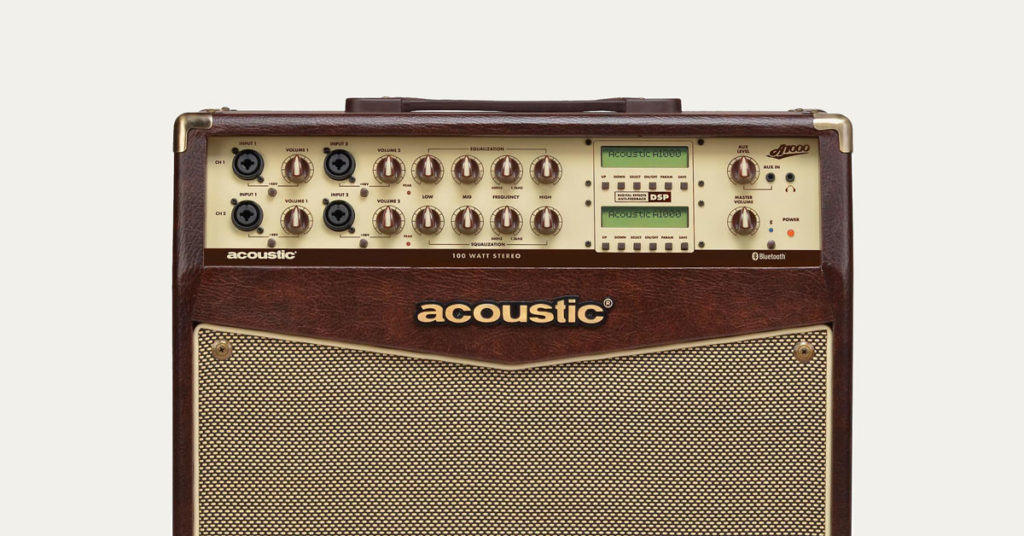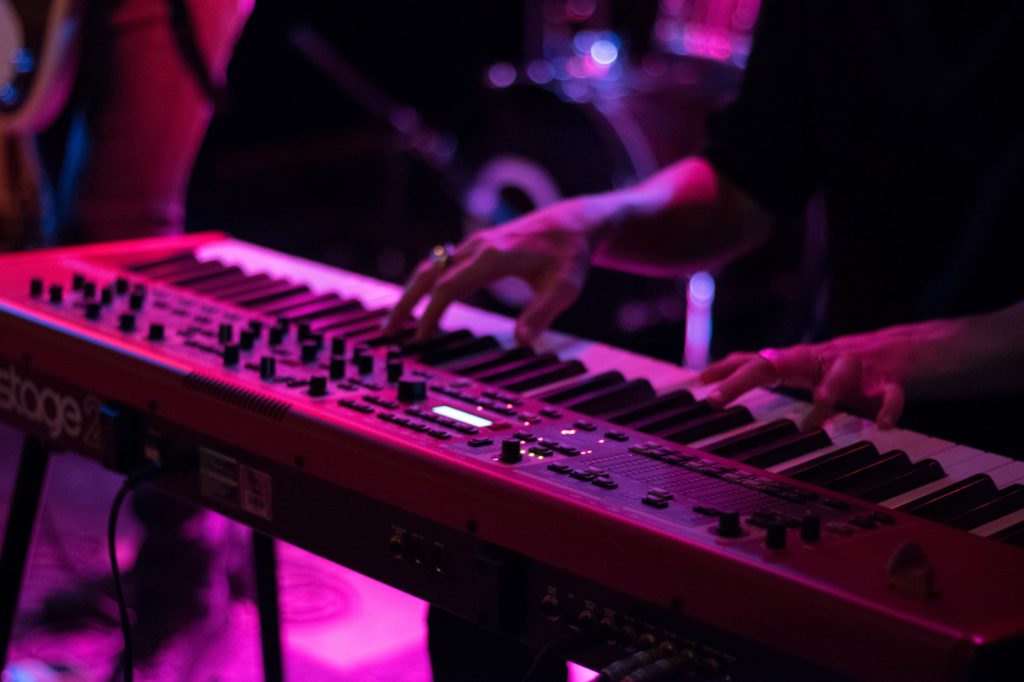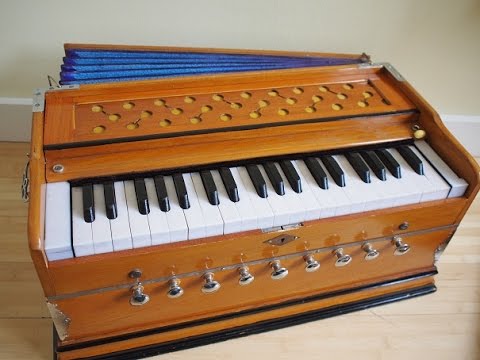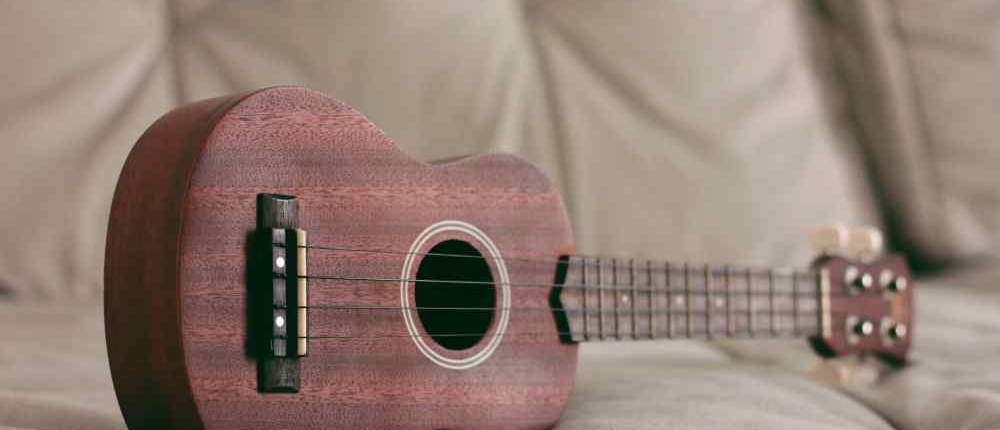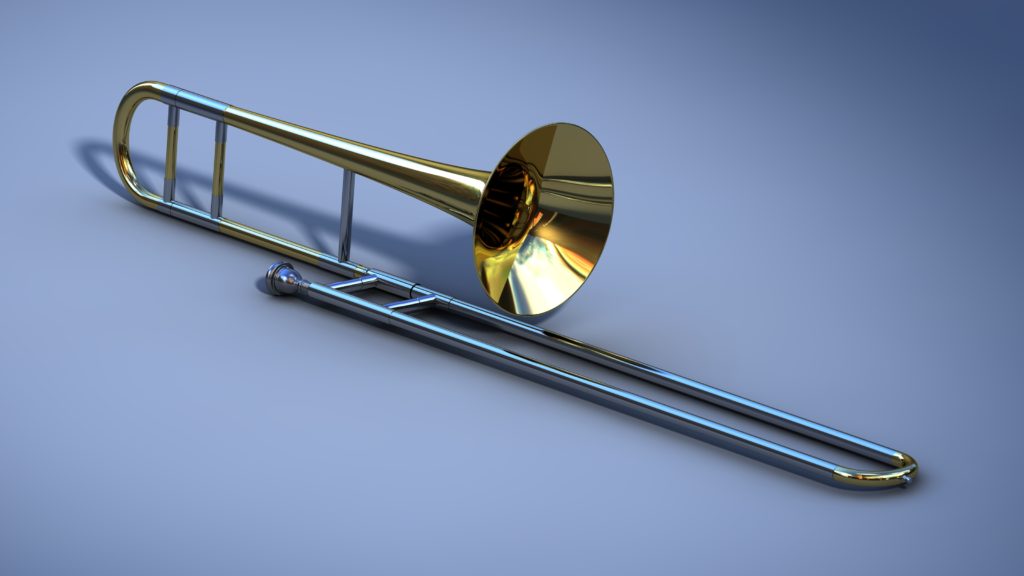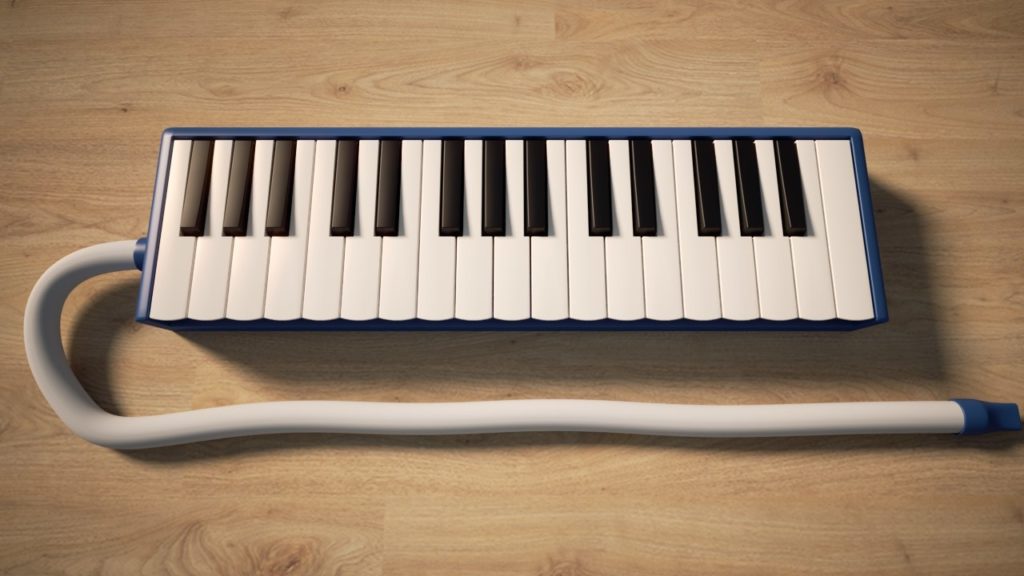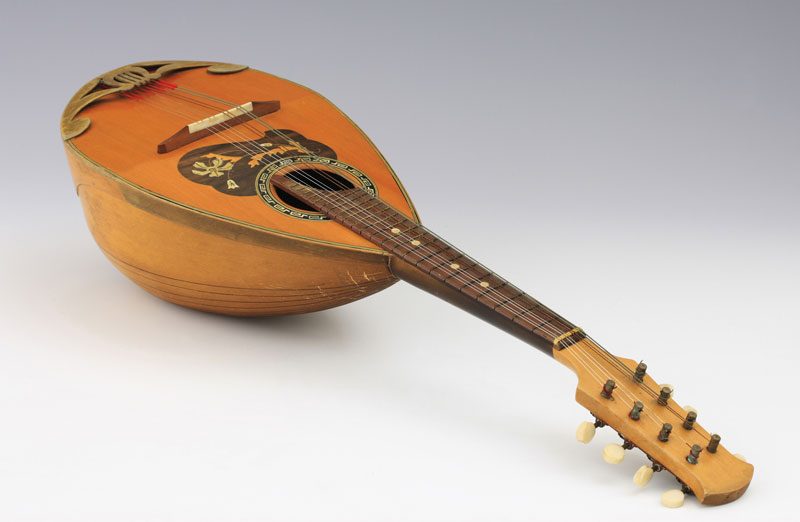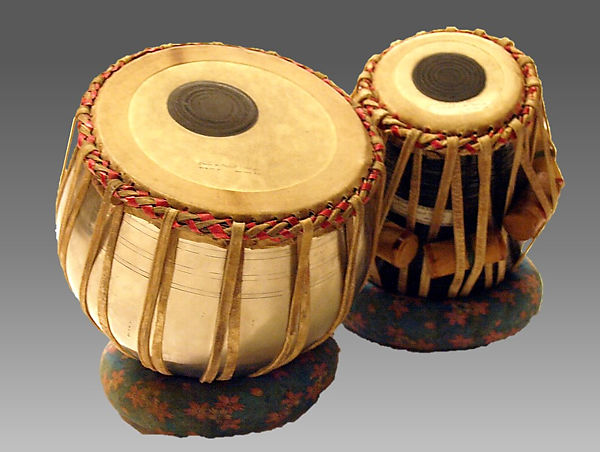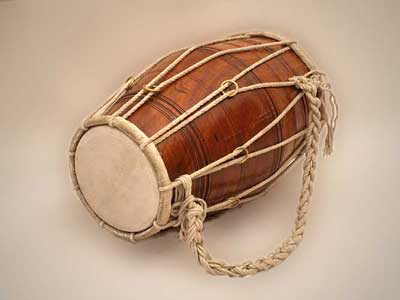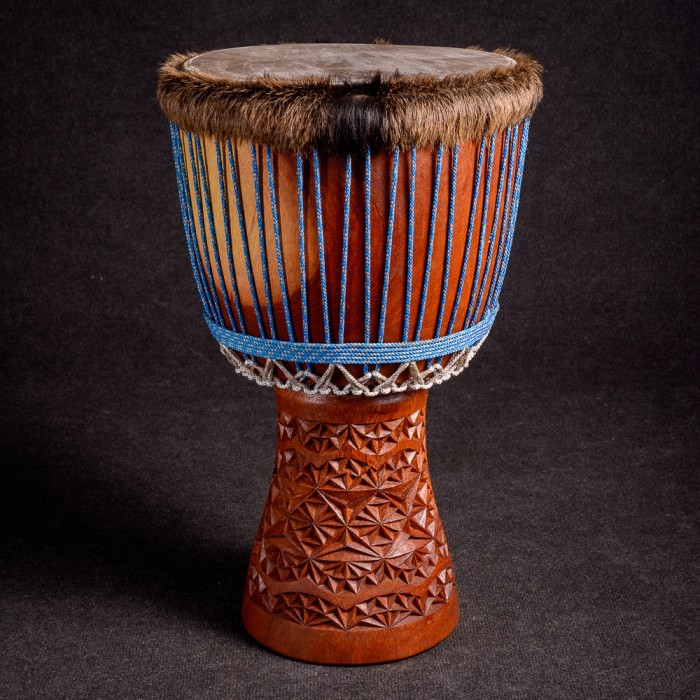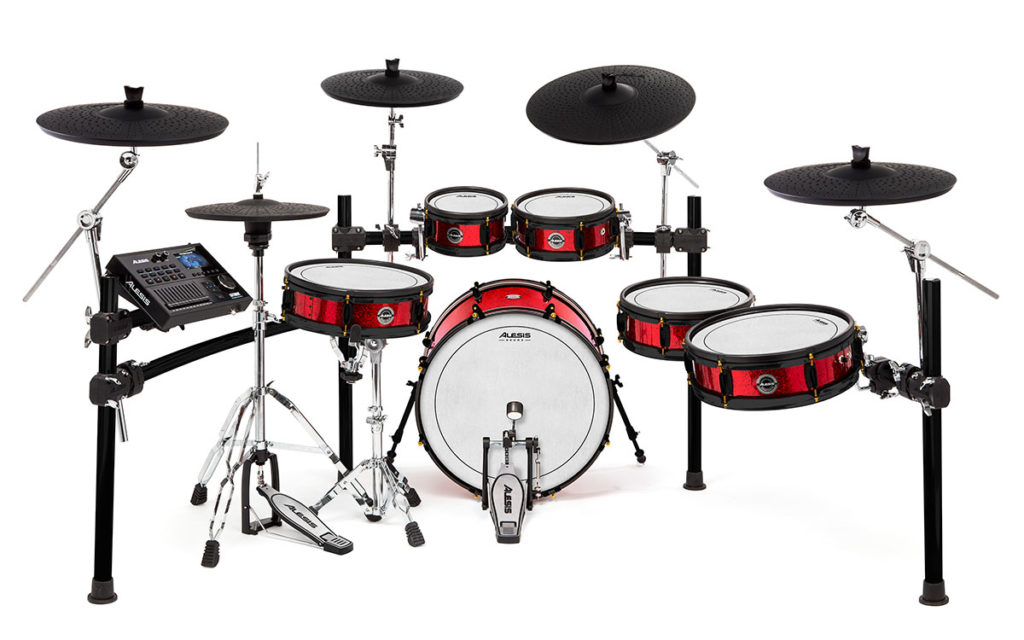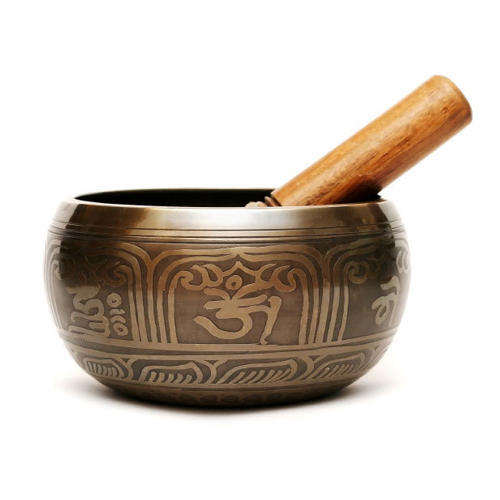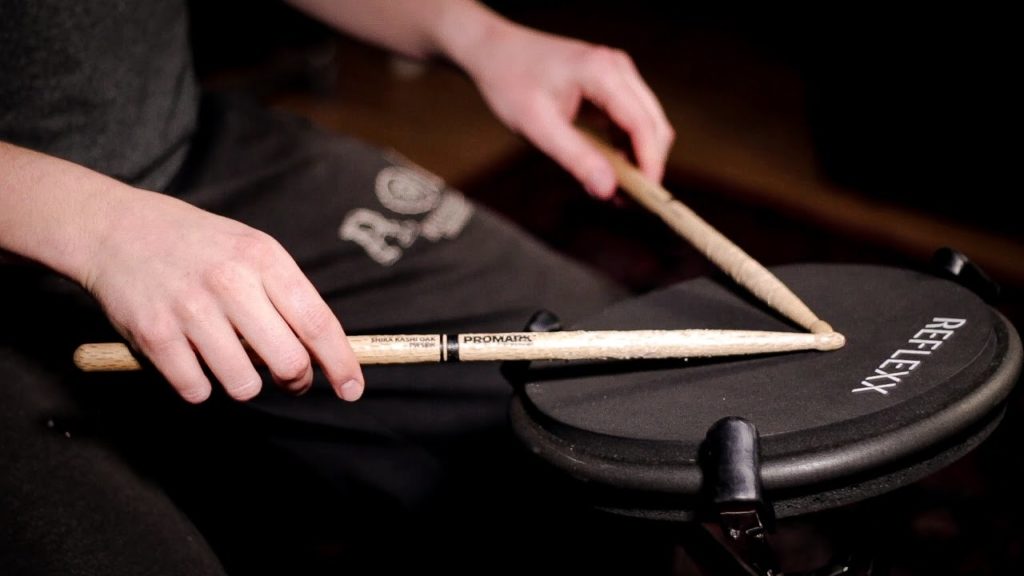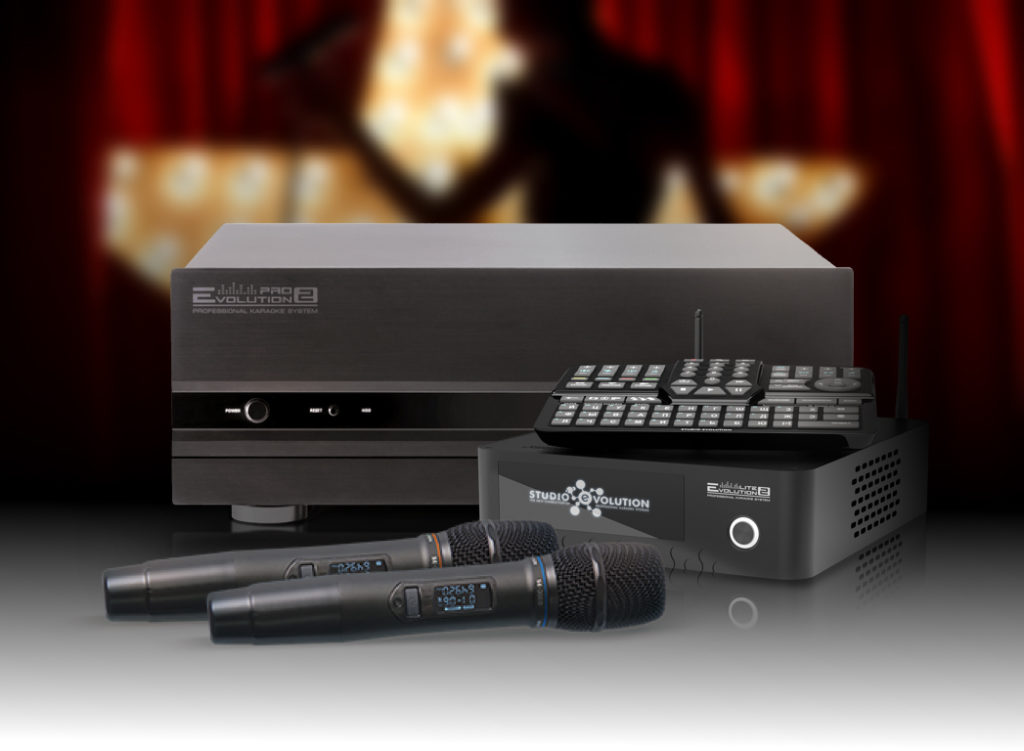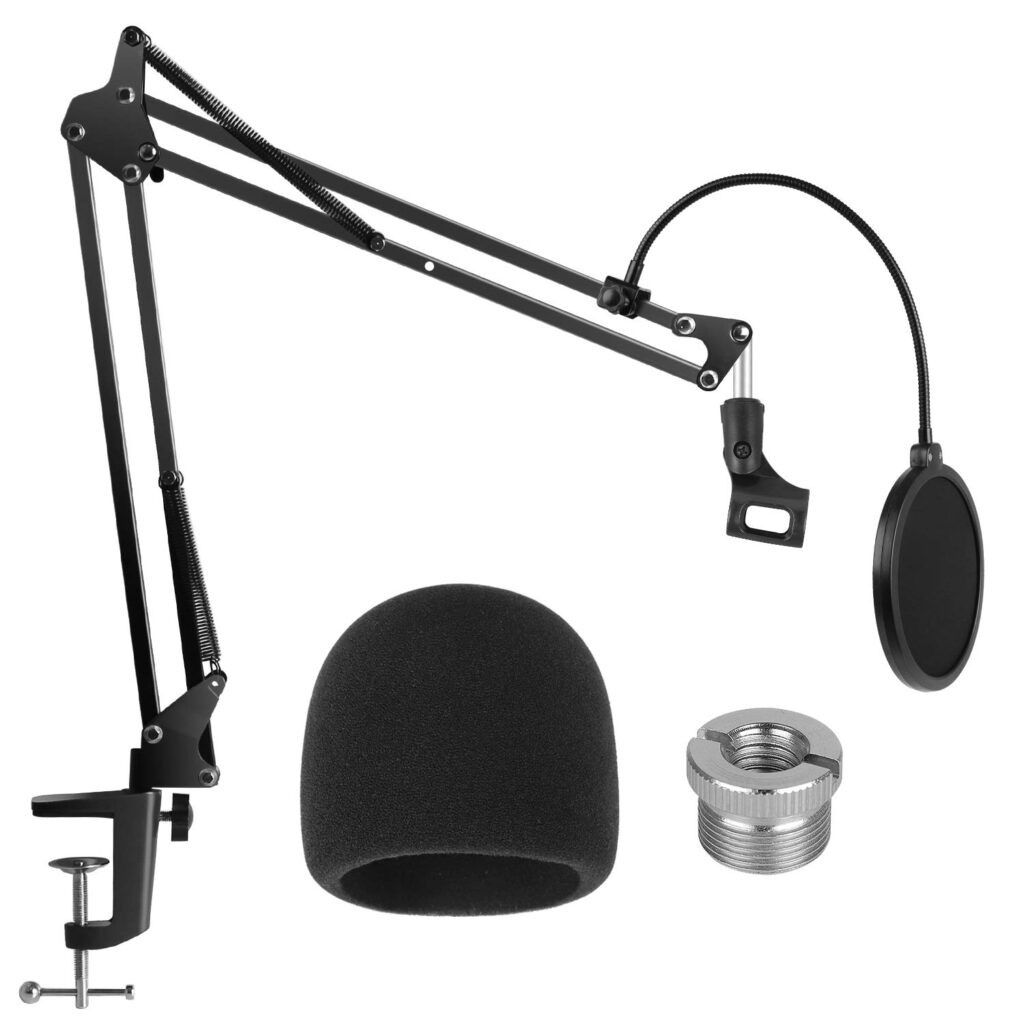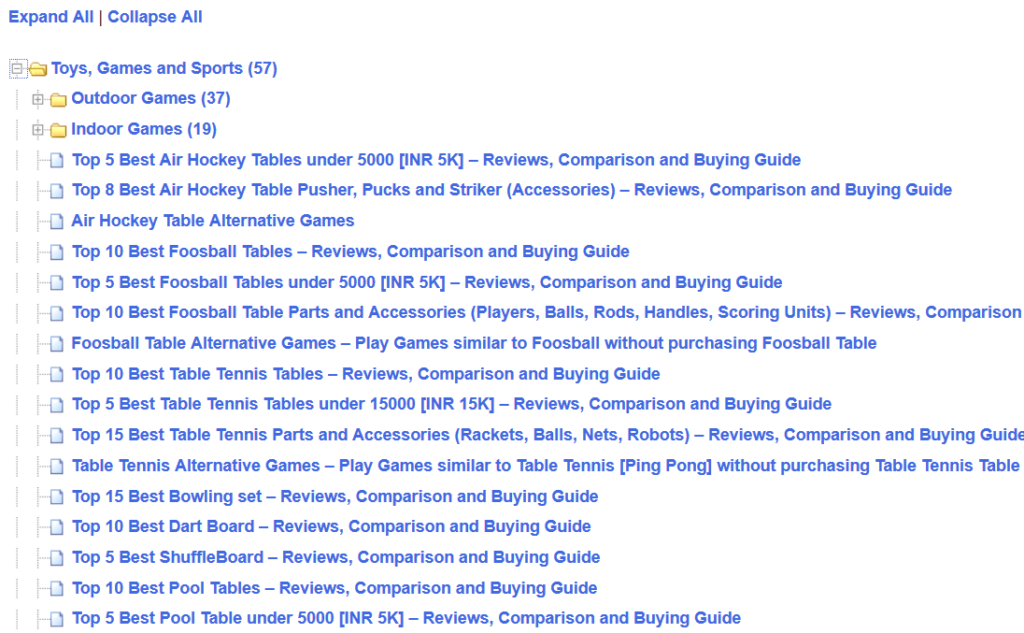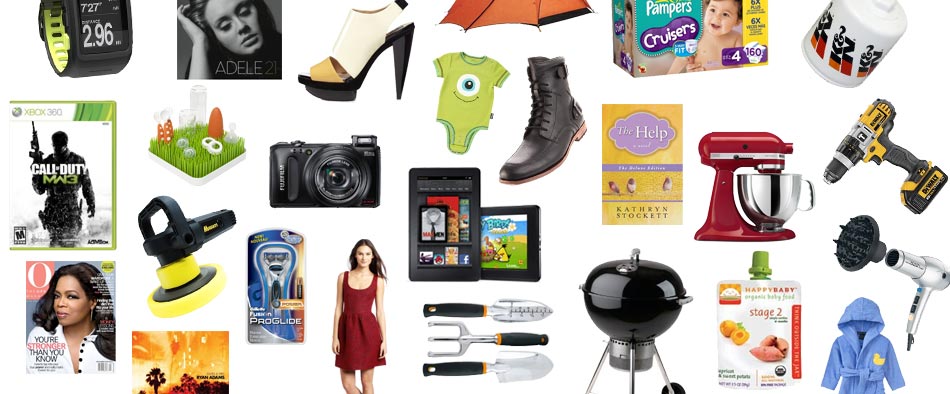Best Studio Monitor
Top 8 Best Studio Monitor | Apr 2024
Reviews, Comparison and Buying Guide

What is Studio Monitor?
Studio monitors are loudspeakers in speaker enclosures specifically designed for professional audio production applications, such as recording studios, filmmaking, television studios, radio studios and project or home studios, where accurate audio reproduction is crucial. Among audio engineers, the term monitor implies that the speaker is designed to produce relatively flat (linear) phase and frequency responses. In other words, it exhibits minimal emphasis or de-emphasis of particular frequencies, the loudspeaker gives an accurate reproduction of the tonal qualities of the source audio, and there will be no relative phase shift of particular frequencies—meaning no distortion in sound-stage perspective for stereo recordings.
Beyond stereo sound-stage requirements, a linear phase response helps impulse response remain true to source without encountering “smearing”. An unqualified reference to a monitor often refers to a near-field (compact or close-field) design. This is a speaker small enough to sit on a stand or desk in proximity to the listener, so that most of the sound that the listener hears is coming directly from the speaker, rather than reflecting off of walls and ceilings (and thus picking up coloration and reverberation from the room). Monitor speakers may include more than one type of driver (e.g., a tweeter and a woofer) or, for monitoring low-frequency sounds, such as bass drum, additional subwoofer cabinets may be used.
Best Studio monitor | Buying Guide : Things to consider while buying a Studio monitor
Whether you’re recording and mixing a big project or simply want to record your voice and guitar in your home studio, a set of studio reference monitors are essential. A good set of monitors will let you hear what you record with accurate detail. But before you buy a set of monitors, you most likely have some questions: What differentiates studio monitors from everyday speaker systems? What makes a good monitor? And how should an accurate monitor sound?
Your studio monitor speakers need to provide the most accurate, uncolored representation of your music as possible. Whether you’re recording, editing, mixing, or mastering audio, a sonically transparent monitoring system ensures your mix will translate well to headphones, car audio systems, TVs, and other listening systems. And because there is also more to consider than accuracy when selecting studio monitors, we’ve put together this guide to help you find the best options for your studio space.
Monitor components
The modern monitor is made of three primary parts: the drivers, the cabinet, and the electronic circuitry. Powered monitors—by far the most popular type these days—also include an internal amplifier.
You can’t really single out any one component as being more important. Every part is designed to work in conjunction with all the others. Having a great driver doesn’t do much good if the cabinet isn’t properly designed for use with that driver.
Drivers
There are two types of drivers in the typical monitor: woofers and tweeters.The more uncommon three-way monitor also has a midrange driver.
In 2.1, 5.1, and 7.1 surround-sound monitoring setups there will be a separate subwoofer (the .1 in such configurations).
In a two-way monitor, the woofer handles the low, low-mid, and midrange frequencies, while the tweeter handles the high-mids and high frequencies. With a three-way monitor, a midrange driver is added to handle the midrange frequencies. When you add a subwoofer to your monitoring array, the sub takes over a portion of the low frequencies and all of the very low frequencies.
Manufacturers use different materials to construct their drivers. Silk, mylar, glass, carbon, titanium, and metal alloys are all used to make tweeters. Mylar is a synthetic polymer developed in the 1950s that mimics silk, but is unaffected by humidity. Glass and carbon are used for applications where very high power handling is needed and produce an accurate, extended high-frequency (HF) response. The same is true of metal tweeters made of titanium and other metal alloys, which produce precise, extended HF response and can handle higher power.
Woofers, midrange drivers, and subwoofers are usually constructed in a conical shape with a dust cap at the center and a flexible-but-tough surround that allows the cone and voice coil to move in and out. The cone is usually made from treated paper or cloth, polypropylene, aramid fibers, fiberglass, or Kevlar. Paper and cloth are traditional cone materials used for their silk-like performance at a lower cost. Polypropylene, aramid fibers, fiberglass, and Kevlar are all alternative cone-building materials developed in a search to build the ultimate durable speaker cone. A lighter cone may have a faster transient response, which results in more accurate sound by responding more quickly to dynamic, high-frequency changes in the music.
Cabinets
A well designed studio monitor cabinet gets maximum performance from its drivers. Engineers design the cabinet around the driver. It should be as non-resonant as possible so the cabinet doesn’t alter or color the output in any way. For that reason, monitor cabinets are usually built from sturdy, stiff materials such as metal or dense plastics with internal bracing and specially designed joints to eliminate unwanted resonance.
The cabinet design often will also include ports or passive radiators—elements that aid the monitor in low-end reproduction, improving clarity and handling of bass frequencies. Radiused edges on driver openings and monitor corners improve sound clarity and sound imaging by cutting down on sound wave diffraction.
Circuitry
Aside from deciding whether you need a powered or unpowered monitor (more on that below), your main concern should be the types of connections it has. Check the inputs offered by the monitor to make sure they will work with your existing equipment. For connections, monitors usually have 1/4″, TRS, XLR, RCA, or S/PDIF jacks. Some offer only unbalanced or balanced inputs, and some have both.
Powered Studio Monitors
Powered studio monitors, sometimes referred to as active monitors, are by far the most popular choice for project and home studios. By housing their own amplifiers they eliminate the need for an external amp to drive them. Many are bi-amplified—each speaker has its own dedicated power amp designed to handle its frequency range, thus allowing the speaker to function optimally.
Unpowered Studio Monitors
While they don’t offer the convenience of powered units, unpowered studio monitors, also called passive monitors, have their own advantages. Because they require a separate, external power amp, these monitors gives you some flexibility in choosing your components and setting up multi-speaker arrays. They also usually have crossover circuitry for splitting of high and low frequencies.
Additionally, for those who already have a power amplifier for their studio, unpowered speakers may offer a price advantage since their cost does not factor in an onboard amp.
What makes a good monitor?
A funny thing about studio monitors: The first time you hear audio played through a quality monitor with a flat response curve, it may sound all wrong. But that’s only because your ears are used to consumer-market stereo speakers, which use tuning tricks to artificially create bigger, punchier bass, and more pleasant and friendly highs among other things.
So a large part of buying monitors is preparing yourself to hear things in a different way, and that means thinking about specs and features in a different way. Rather than looking for effects like bass boost, you want to focus on how accurately your speakers will reproduce sounds in your particular studio environment.
Numbers and specifications
When you’re shopping for monitors you’ll see a lot of numbers, terms, and acronyms such as frequency response, THD, and SPL, as well as more familiar terms like watts and driver sizes. (See the glossary at the end of this guide for full definitions.)
These specs theoretically provide a thumbnail sketch of how the monitor will perform during recording, mixing, and mastering. Some specs are the result of tests conducted by the manufacturer to determine the performance of their products.
While specifications are helpful, keep in mind that the tests that determine specs often are not standardized, so one manufacturer’s 0.01% THD may be another’s 0.3% THD. The information is still useful to you as a prospective buyer as long as you recognize that specs are just a starting point. Ultimately, you have to trust your ears—and those of gear reviewers and fellow musicians. There’s no substitute for careful, critical listening. Reading reviews both by experts and users can help you hone in on your best options.
Frequency range
Since you want accuracy from your monitors, one of the first things you will want to confirm is that they can handle the full frequency range of your recordings. Most monitor specs list the lowest frequency they handle in Hz (hertz) and the highest frequency in kHz (kilohertz). For most recording work a frequency response of 50Hz-20kHz is adequate. As we’ll discuss a little later, the overall frequency range may be a little less critical than the monitor’s ability to reproduce all those frequencies without distortion or variations.
Before you decide that a monitor is worthy based on its frequency range, keep in mind that this specification on its own doesn’t tell you how the monitor will handle frequencies. Sure, the monitor you’re looking at can handle a range from say 40Hz-21kHz, but how can you be sure it will reproduce those frequencies relatively evenly?
You want to see an indication of how much variation there will be across the frequency range. This is expressed in decibels. So, for instance, if a monitor’s frequency range spec is listed as 40Hz-21kHz ± 2dB, that indicates that some frequencies may be louder or softer by as much as 2 decibels at various points across the full range.
For most applications, a rating of ± 3 dB or less will provide well balanced sound.
If you work with bass-heavy music such as hip-hop or EDM, or work with 5.1 or 7.1 surround sound mixes, you might want to consider a studio subwoofer, which will handle frequencies down to 30Hz or lower.
Total harmonic distortion (THD)
The spec for THD (total harmonic distortion) is also an indicator of general accuracy, but in a different way than frequency response. THD lets you know how cleanly a monitor can reproduce whatever audio you feed it. Most of the time the term THD really refers to THD+N, (Total Harmonic Distortion plus Noise) so when you see THD, you can usually include noise in the equation.
Every audio circuit adds some noise and distortion; the question is how much. A clean audio circuit should be very close to zero in the amount of distortion and noise it adds, i.e. about 0.001%. A poorly designed audio circuit will add quite a bit of distortion, in the range of anywhere from 0.3 to 1%. While you aren’t likely to see these types of numbers on monitors, you often will see numbers this high (and higher) on consumer audio speakers and headphones; another reason why you shouldn’t use them for recording.
Wattage
While it’s usually not as much of a concern for studio situations, the power of your studio monitors, measured in watts, might be a specification to consider particularly for larger rooms or studios. Generally, 10-60 watts should be plenty for a bedroom or home office-sized studio. Larger rooms and mid-sized studios may require more than that. With powered monitors that contain their own onboard amplifiers, manufacturers match wattage to each driver for optimal performance across the driver’s frequency range.
Near-, far-, or mid-field design
When you browse Musician’s Friend for studio monitors, you sometimes will see the terms near-field, mid-field, or far-field within a monitor’s description. Ultimately, this refers to the listening configuration a monitor is designed for, with near-field being optimized for a close listening distance and far-field designed to carry the sound accurately over a greater distance.
Using a compact design and relatively small speakers, near-field monitors are good for most studio applications because they allow you to primarily hear the sound coming directly from the speakers, rather than sound that reflects off the walls and ceiling. They are positioned directly in front of you and angled inward so your head forms the point of an equilateral triangle between the two monitor enclosures. The optimal listening position is referred to as the “sweet spot.”
Top 8 Best Studio Monitor – [Updated and Highly Recommended]
Comparison Chart to make your purchase easy
1.
Bestseller # 1
Mackie CR4 (Pair) Creative Reference Multimedia Monitor - Set of 2- Studio quality design, sound and performance ideal for multimedia creation and entertainment
- Professional grade components for optimized sonic performance
- 50 watts of clean, articulate stereo sound
- 4 polypropylene-coated woofer
- Ultra-wide frequency range perfect for full-range multimedia (70Hz - 20Khz)
- Country of Origin: United States
Designed for premium sound that won’t break the bank, CR Multimedia Monitors deliver the performance you expect from a Mackie studio monitor in designs ideal for home studios, multimedia creation, AV post-production and broadcast. Plus, with user-friendly front panel features and two models featuring Bluetooth for music streaming, they are great for any desktop in any situation.
Features / Reviews
Studio quality design
Professional grade components for optimized sonic performance
Sound and performance ideal for multimedia creation and entertainment
Ultra-wide frequency range perfect for full-range multimedia
4 polypropylene-coated woofer
2.
Bestseller # 1
M-Audio BX8 D3 |8-Inch 150-Watt Studio Monitor Speaker with Acoustic Space Control for Music Production and Mixing- Sound you can trust - Class A/B bi-amplified design with 150 W of distributed power for studio-grade, accurate sound and ultra-wide range 37-22 kHz frequency response.
- 8 Inch low-frequency drivers with Kevlar cones for rich, defined lows and 1 Inch high-frequency drivers with silk domes and computer optimised waveguides for smooth, clear highs.
- Connectivity covered - XLR balanced and 1/4 Inch balanced/unbalanced inputs for connecting mixers, amplifiers, instruments, DJ gear and more.
- Acoustic Space Control adjusts the sound output to the listening environment for accurate sound reproduction.
- Precise positioning with conveniently located pin-hole LEDs which shine at their brightest when the speaker is positioned at the ideal monitor angle.
- Country of Origin: China
The M-Audio BX8 D3 is an addition to the M-Audio BX family and the most powerful model to date. Optimised for a smooth and natural listening experience, these speakers are perfect for professionals, beginners, and everyone in between. With BX8 D3 Experience sound quality you can trust and discover premium, accurate and defined sound reproduction. Custom class A/B analogue amplifiers with 150 W of distributed power deliver superior dynamics and tonal accuracy across the frequency spectrum – While the woven Kevlar low-frequency drivers and computer optimised waveguide-loaded silk dome tweeters provide rich, defined sound. Plus, adapt BX8 D3 to your listening environment thanks to an on-board Acoustic Space Control that tailors the sound-output accurately to your studio space for optimum results. Whether you’re seeing a pro-grade monitoring upgrade or a trusted reference monitor, with the BX8 D3, you’ll enjoy the utmost accuracy you demand coupled with a fatigue-free, engaging listening experience.
Features / Reviews
8 Inch low-frequency drivers with Kevlar cones for rich, defined lows
XLR balanced and 1/4 Inch balanced/unbalanced inputs for connecting mixers, amplifiers, instruments, DJ gear and more
Precise positioning with conveniently located pin-hole LEDs
3.
Bestseller # 1
Yamaha HS8 (Pair) Studio Monitor- 2-way bi-amp powered studio monitor, components, LF, 8 cone, HF, 1 dome, crossover, I/O connectors
- Frequency range (-10dB), 38Hz - 30kHz
- 2kHz, Output power, 120W (LF:75W,HF:45W)
- XLR3-31 type (balanced), phone (balanced), power consumption, 60W, shape, bass-reflex type, cabinet material, MDF
2-way bass-reflex bi-amplified nearfield studio monitor with 8 cone woofer and 1 dome tweeter from the house of Yamaha. Brilliant sound!
Features / Reviews
2-way bi-amp powered studio monitor
8 cone woofer
1 dome tweeter
4.
Bestseller # 1
Behringer MS20 24-Bit/192 kHz Digital 20-Watt Stereo Near Field Monitors- 2-way active studio monitors ideally suited for computer studios, audio and multimedia workstations and keyboard monitoring
- Built-in 2 x 10-Watt powerful amplifiers with immense headroom
- Powerful woofers and high-resolution tweeters provide an ultra-linear frequency response
- Ultra-high resolution 24-bit/192 kHz D/A converters for an incredible dynamic range
- Individual volume controls for both Line inputs plus Bass and Treble EQ controls
- Country of Origin: Germany
Behringer Digital Monitor System MS20. Take the next step up from the MS16 and go digital! These extremely compact, 2 x 10-Watt nearfield monitors feature ultra-high resolution 24-bit/192 kHz D/A converters. With the MS20, you can connect directly to your digital signal sources and eliminate annoying analog line-loss and hum forever. Whether you connect to your computer sound card, keyboard, or MP3 player, you will enjoy exceptional sound quality with great dynamics. The built-in amplifiers provide lots of headroom, while the powerful woofers and tweeters provide ultra-linear frequency response.
Features / Reviews
Built-in Mixer
Powerful woofers and high-resolution tweeters
Individual volume controls for both Line inputs plus Bass and Treble EQ controls
5.
Bestseller # 1
Alesis Elevate 5 MKII |80 W Powered Desktop Studio or Gaming Speakers (Black)- Separate high-and low-frequency drivers with crossover; 40 per channel output power - 80 W total
- 5-Inch low-frequency driver in ported enclosure delivers rich, tight bass; 1-Inch silk dome tweeter provides smooth, clear highs
- High-density wood cabinets suppress unwanted resonances; carefully formed baffle radiuses reduce edge diffraction
- Elliptical tweeter waveguide optimizes dispersion and stereo imaging
- Dedicated subwoofer output for use with virtually any powered subwoofer
- Country of Origin: China
- English (Publication Language)
Alesis Elevate 5 studio speakers enable you to listen to mixes, masters and multimedia content with impressive clarity and warm, full sound. Bringing out every detail of your sound, unencumbered and crystal clear, their custom wooden cabinets have a dense construction that provides natural bass. Elevate 5 studio speakers contain powerful, five-Inch woofers, crisp, one-Inch silk-dome tweeters and dedicated power. Alesis engineers carefully selected and tuned these crucial components to work in concert as a single unit within the custom wood cabinet to deliver full lows, clean highs and a detailed compelling stereo image. Unlike passive speakers, Elevate 5 speakers have a volume knob built right in to the front panel for easy control. Packaged in stereo-matched sets, these studio speakers give you everything you need, all in one box.
Features / Reviews
Separate high-and low-frequency drivers with crossover
High-density wood cabinets suppress unwanted resonances
6.
Bestseller # 1
JBL LSR305 Studio Monitor- Bi-amplified studio monitor with magnetically-shielded 5 -inch low frequency transducer
- 1 -inch soft-dome high frequency transducer and image control wave guide
- Class-d 41 watt rms amplifier for lf, and 41 watt rms amplifier for hf
- Balanced XLR and A‚A¼ trs inputs with detented level control, hf and lf trim controls
- Lsr305 includes us power cord, Lsr305/230 includes international power cord
Bi-Amplified Studio Monitor With Magnetically-Shielded 5″ Low Frequency Transducer And 1″ Soft-Dome High Frequency Transducer And Image Control Wave Guide. Class-D 41 Watt Rms Amplifier For Lf, And 41 Watt Rms Amplifier For Hf. Balanced Xlr And ¼” Trs Inputs With Detented Level Control, Hf And Lf Trim Controls. Lsr305 Includes Us Power Cord. Lsr305/230 Includes International Power Cord.
Features / Reviews
Bi-amplified studio monitor
1 -inch soft-dome high frequency transducer
Balanced XLR and A‚A¼ trs inputs with detented level control
7.
Bestseller # 1
PreSonus Eris E8 2-Way 8" High-Definition Nearfield Studio Monitor (Single)- 8-inch Kevlar low-frequency transducer
- 1-inch (25 mm), ultra-low-mass, silk-dome, high-frequency transducer
- Front-firing acoustic port for superior bass-frequency reproduction
- Optimized, resonance-suppressing internal bracing
- 105 dB maximum continuous SPL
- English (Publication Language)
When you’re serious about creating music, you need monitor speakers that will reveal all of the flaws in your tracks and mixes. Eris professional studio monitors deliver the truth, thanks to very accurate response, tight bass, and clear upper end. Cheap computer speakers and home-stereo speakers are designed to make music sound good and hide the flaws, while most low-cost studio monitors are hyped to sound good in the store showroom. If you mix on those speakers, you won’t hear problems that can show up in your final production. Not so with PreSonus Eris-series active studio monitors. Thanks to well-designed Kevlar low frequency transducers, low-mass silk-dome tweeters, responsive Class AB amplification, and professional acoustic-adjustment controls, Eris delivers the goods. As you expect from PreSonus, they use quality components, are well constructed, and deliver professional audio quality. They’re lightweight and compact and look as professional as they sound. But what really sets them apart from comparably systems are pro features such as user controls that allow you to tailor the speakers’ response to your needs. Yet Eris-series speakers are ultra-affordable, making them a terrific value. And with three models, you can easily find the Eris monitor that best suits your studio needs.
Features / Reviews
Automatic protection from RF interference
Optimized, resonance-suppressing internal bracing
Professional adjustments fit the monitors to your studio and application
8.
Bestseller # 1
IK Multimedia iLoud MTM Compact Studio Monitor with Built-in Acoustic Calibration - Black (Single)- Reference-class monitoring perfect for smaller studios
- Superior imaging even at close distances
- Adjust to any room with ARC auto-calibration system
- 100 watts RMS power per speaker
- 40 hz - 24khz frequency response
The 100W 2-way bi-amped speaker with class D amplifiers . Arc self-calibration adjusts to any room .
Features / Reviews
Ultra-flat frequency response with phase-coherent sound
Arc self-calibration adjusts to any room
Conclusion
We’ve covered the most important things to look for in when purchasing studio monitors. Make sure you understand the different types of monitors and how their design influences their sound.
Just know that there are no “perfect” monitors, no matter how much you spend. The same monitors can sound quite different in one person’s studio than another’s due to acoustics, sound cards, etc., so keep that in mind when evaluating different models.
And finally, the key to killer mixes is accurate studio monitors that are used in an acoustically treated room. You’ll get the best results with your monitors by including proper studio acoustic treatment like bass traps, diffusers, etc.


















